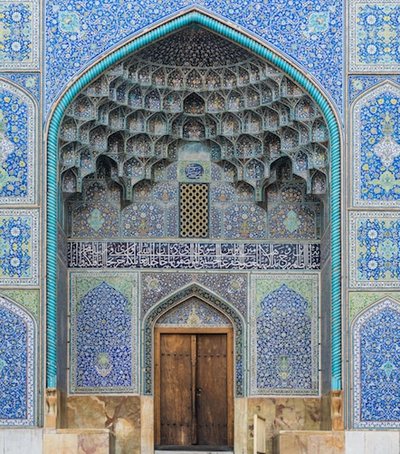
While in Albania, the so-called Summer Day has become a massive national holiday, respectively on March 14, for Orthodox believers, Summer Day remains March, the first day of the month. The first day of March coincides with the first day of the warm season for all Orthodox believers.
The arrival of spring, March 1, in various cultures is associated with a series of rituals, which are inherited year after year.
But what are the 5 facts that make March 1 special for all Orthodox believers?
The March 1 tradition continues to be followed today by Orthodox believers attending the celebrations of the ancient Romans.
- March 1st is considered as a holy day to celebrate the arrival of the beloved season and winter departure. Summer Day was the beginning of the year according to the very ancient calendar of the Albanians, a day that was celebrated many centuries before Christianity was born.
- Orthodox believers set the summer on March 1 and remove it on March 14, but there are others who place it on March 14 and remove it "when they see the first swallow."
- The red strand of summer is associated with strength, blood, sun and warmth. The white thread is the good start and the light. Traditionally, summer is removed and placed under a large stone when we see the first stork. After nine days, we must see what insects are under the stone. The more they are, the greater will be the harvest of the year. According to another belief, summers are thrown into the river for us to prosper. The white color symbolizes the purity of the relationship between people, while the red is a symbol of warmth and friendship. Traditionally, summers are made of red and white wool.
-There's another habit. Everyone has to choose one day from March 1 to March 22. Depending on the weather on this day, so will human fate throughout the year. If the weather is sunny and warm, one will have good luck, if it is bad - it will be a difficult year.
-On March 1 some people even dress in white and red clothes. If we don't see storks by March 25, summer is tied to a tree.
- The two-color summer is already part of the UNESCO World Heritage Site. At the meeting of the Intergovernmental Committee for the Safeguarding of the Intangible Cultural Heritage in Jeju, South Korea, Summer was admitted to the list of humanity's intangible heritage.
- Summer Day is, in fact, the day when our ancestors, when Christianity was not yet born, celebrated together with the Romans and the ancient Greeks, the flower gods and the willows.
- All Orthodox believers, this day also cooks some special foods, such as boiled eggs, corn, pie etc.





